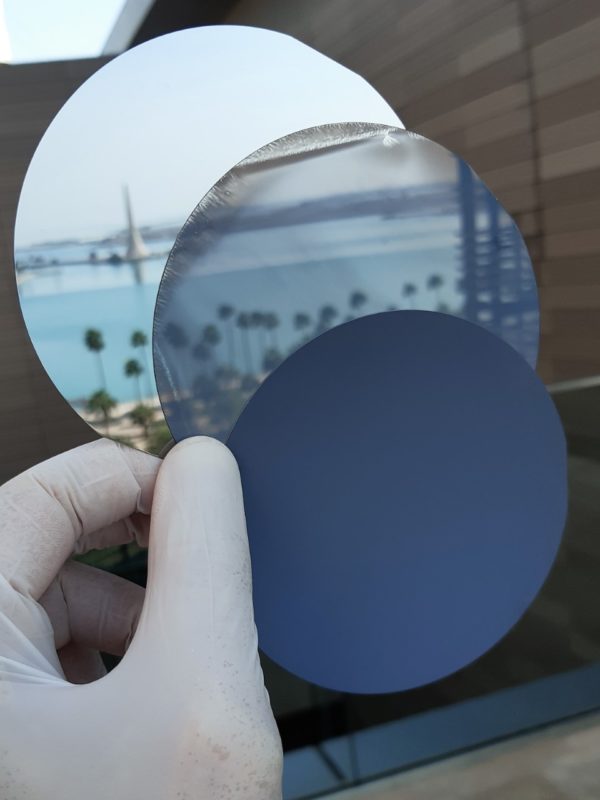Scientists led by Saudi Arabia’s King Abdullah University of Science and Technology (KAUST) have achieved a power conversion efficiency of 28.1% for a perovskite-silicon tandem solar cell based on textured silicon wafers.
“Texturing silicon wafers is an important process to reduce reflection losses,” researcher Michele De Bastiani told pv magazine. “The process etches the crystalline silicon along precise crystallographic directions, resulting in a surface covered by uniformly distributed random pyramids.”
The scientists said that texturing the surface of silicon wafers with alkaline solutions is an established process in the PV industry. This enables the formation of randomly distributed pyramids with a uniform size to reduce the front reflection of incoming light, thus improving light trapping and increasing the cell's current output and densities.
In the tandem configuration, the texturing helps to achieve the current matching condition, when each sub-cell generates the same current, at higher values. This is turn results in better performance.
“The direct deposition of hybrid perovskites on textured wafers via solution is not trivial, it is important to control and tune the texturing to avoid shunts at the top of the pyramids,” De Bastiani said, noting that wafer texturing reduces the need to widen the perovskite bandgap and the variations due to the thickness of the perovskite film.
Popular content
The academics built the bottom cell on n-type float-zone double-polished wafers. The device uses a tin(IV) oxide (SnO2) buffer layer, an electron transport layer made of buckminsterfullerene (C60), an amorphous silicon (a-Si:H) layer for passivating the wafer surfaces deposited via plasma-enhanced chemical vapor deposition (PECVD), and a solution-deposited perovskite film.
Under standard illumination conditions, the cell achieved an efficiency of 28.1%, an open-circuit voltage of 1,851 mV, a short-circuit current of 18.9 mA/cm2, and a fill factor of 80.1%. The researchers presented the solar cell technology in “Monolithic Perovskite/Silicon Tandems with >28% Efficiency: Role of Silicon-Surface Texture on Perovskite Properties,” which was recently published in Advanced Energy Materials.
“The configuration of the bottom cell must be tailored to accommodate the perovskite top cell processing, aiming at high tandem performance,” the scientists said, noting that perovskite-silicon cells could reach higher efficiencies in the future with some adjustments.

Image: KAUST
This content is protected by copyright and may not be reused. If you want to cooperate with us and would like to reuse some of our content, please contact: editors@pv-magazine.com.



I’ve seen the article explaing KAUST tandem cell with 29.3% cell efficiency.
And this time, 28.1% cell efficeincy… Could you inform the difference between them?
They used same textured bottom cell with HIT sturcture..
I just wonder, pre article already said higher cell efficiency then what is the impact of this 28.1% cell?